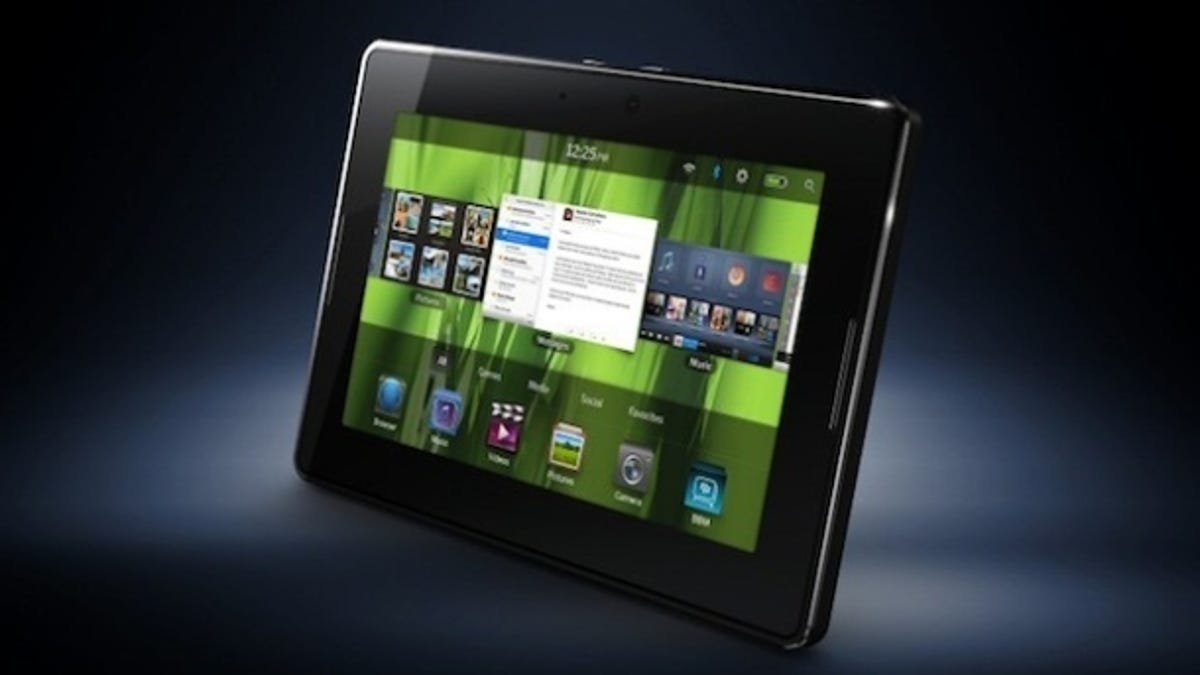BlackBerry PlayBook: Who will buy it?
Despite being a beautiful and interesting device, RIM's Blackberry PlayBook tablet could be its own worst enemy when it comes to attracting buyers.

After spending some quality time with RIM's in-production
However, the PlayBook comes with several thick strings attached that are awkward enough to trip up prospective tablet-buyers.
No 3G without a BlackBerry
The tautest tripwire pertains to data. Many top-tier tablets come in Wi-Fi and data (3G) versions. For a little less, you can buy the Wi-Fi version and access Web content (from apps, e-mail, and the browser) whenever you're connected to a Wi-Fi network. For a little more, you can often buy a 3G-capable model--and a carrier's monthly data plan--that lets you access the Internet so long as there's coverage.
RIM, on the other hand, has decided to sell the PlayBook as a Wi-Fi-only device. The only way to access 3G data on the PlayBook will be through a BlackBerry smartphone.
Tethering the PlayBook to a BlackBerry will work wirelessly through Bluetooth pairing, but it means that your BlackBerry needs to be powered on for you to use 3G on your PlayBook. On one hand, using your phone as a portable hotspot is handy--but only if you already own a BlackBerry smartphone. On the other, hotspot tethering also drains a phone's resources.
No native e-mail, calendar either
A 3G data connection isn't the sole thing you'll give up if you want use the PlayBook without a BlackBerry. Without tethering, you're out of luck accessing BlackBerry's secure e-mail client, the calendar, BlackBerry Messenger, and the address book. Sure, there will be Web apps that Wi-Fi-only customers can use instead, like Gmail.com and Google Calendar.
Missing out on native e-mail apps may not bother some non-Blackberry-owning PlayBook buyers who wouldn't be using a RIM-controlled e-mail address or calendar anyway, though it doesn't hurt RIM to offer all buyers a native experience.
Those with a BlackBerry on hand, however, will be able to use the BlackBerry Bridge software to access contacts and content, plus transfer files between the smartphone and tablet. Tethering will let companies that supply BlackBerrys to their employees also extend IT policies to the PlayBook.

